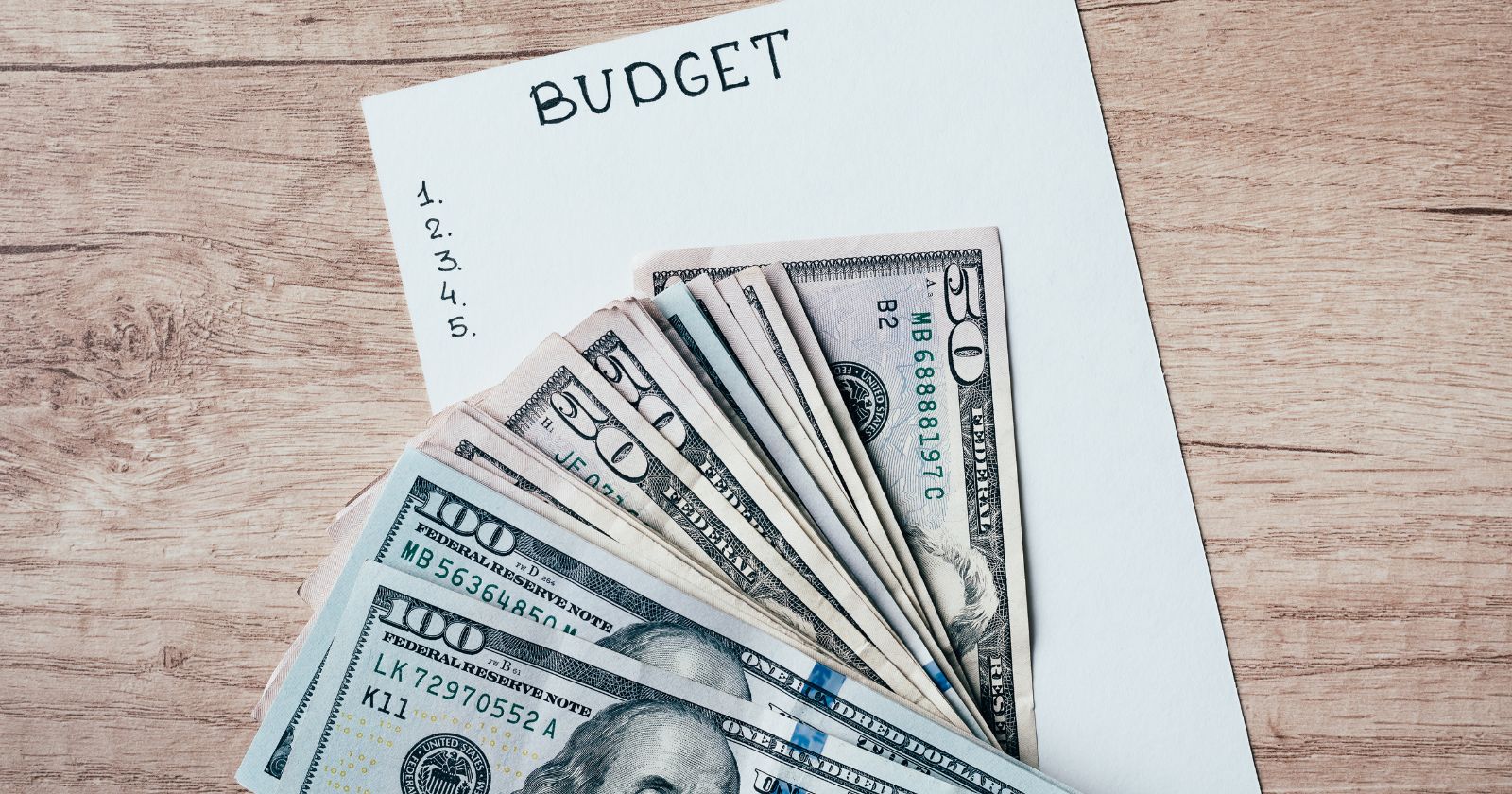Budgeting is the number one way to gain control of your finances. Simply put, budgeting is a plan of spending based on your current income and goals. By visualizing where your money is going, you can make sure that you’re prioritizing the parts of your life that matter most while avoiding common financial pitfalls. All you have to do is follow a few initial steps to set up a strategy that works best for your current situation and needs, setting yourself up for future success.
Figure out your income.
It’s important to understand how much money you have to work with before you begin to look at budgeting for various spending categories. Be sure that you keep your income expectation realistic, only using the numbers of your pay after taxes as opposed to before. When determining career changes and moves in the future, be sure to assess opportunities against this amount so that you keep your budget up-to-date.
Determine recurring expenses.
You need to write down everything. There are great applications available for free that can do a lot of this work for you, picking out every expense and automatically categorizing it based on type. Make sure you account for any recurring expense, whether it be a membership, utility, loan payment, subscription, etc. If you pay for a subscription in a yearly format, divide this number out by 12 months so you aren’t missing anything.
It can help to separate your expenses into columns, either based on category or simply by fixed (essential payments, such as your rent or auto payment) versus variable (non-essential payments, such as a streaming service or gym membership)
Other variable expenses you’ll have to estimate will likely be utilities (as these may fluctuate through the year), groceries, and gas. These are all things you can expect to spend on every month but currently might not have a set number for. If you can average out how much you’ve been spending per month on these categories, it will make it much easier, later on, to determine which categories can and should be reduced.
Set a goal.
Setting a goal tells you the number you need to work backward from when it comes to setting budgets. It’s likely that you’ll have more than one goal, such as paying off student loans, credit card debt, or saving up for a new car. While the goals will be personalized to your needs, it’s recommended that you at least have a general savings goal you’d call your “nest egg”, and a “rainy day” or emergency fund.
Based on your income, what can you realistically expect to save towards these goals? If you haven’t been properly budgeting, don’t just simply subtract your current expense from your income. Instead, look at your spending and determine how much per month you could free up or set aside for these purposes.
Determine the budget and stick to it.
When you know how much you need to be pulling from your paychecks every month, you can work backward and determine what needs to be cut. If you find you’ve been spending $200 a month at coffee shops, maybe you consider reducing this and budgeting $50 for coffee and putting the other $150 towards one of your savings goals.
It’s going to take some trial and error to find the sweet spot, but it’s important that no matter what you determine, you hold yourself to it. When you near your entertainment cap for the month, you need to be prepared to say no to various outings. The budget is a great guide, but ultimately you will have to make the daily choice to follow it. It may be difficult at the beginning, but you’ll be amazed by how much more control you can have over your future with just a little plan.







